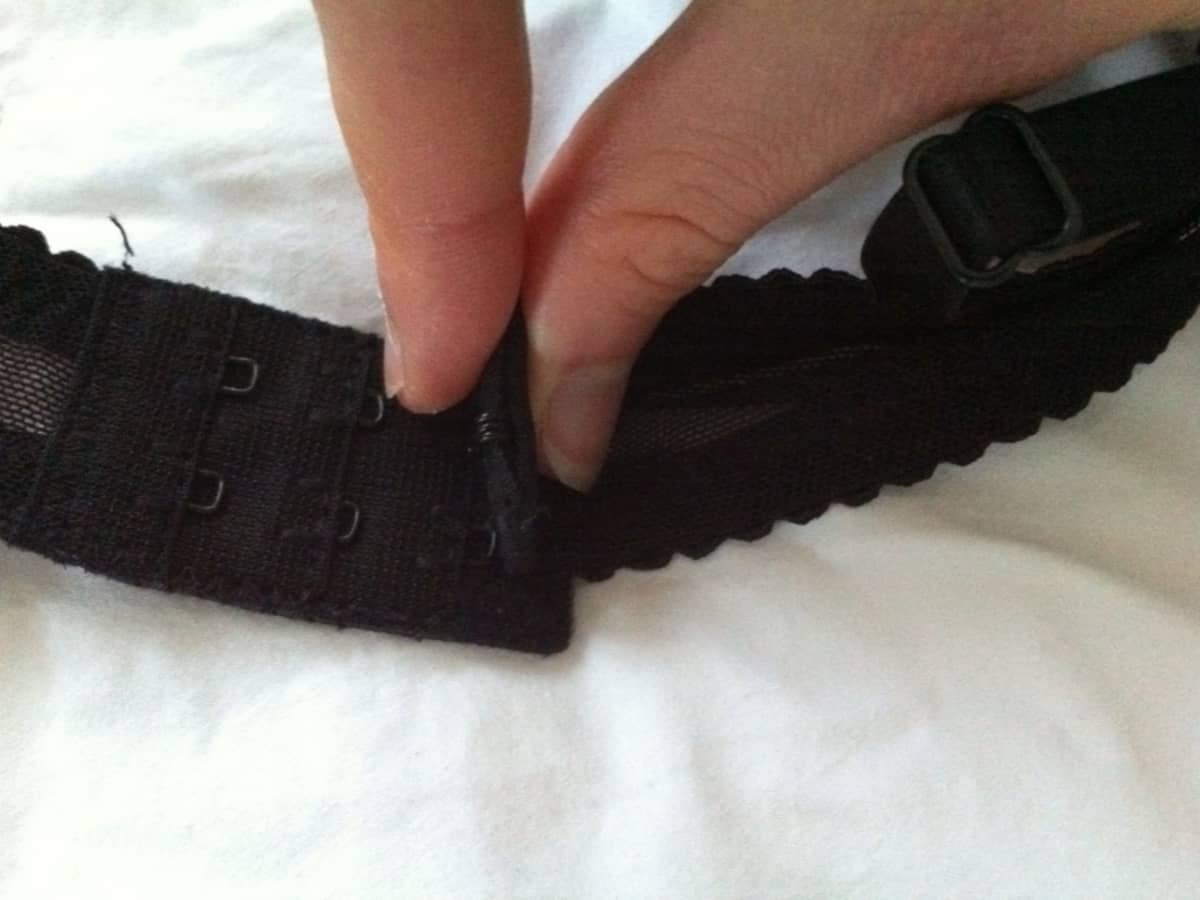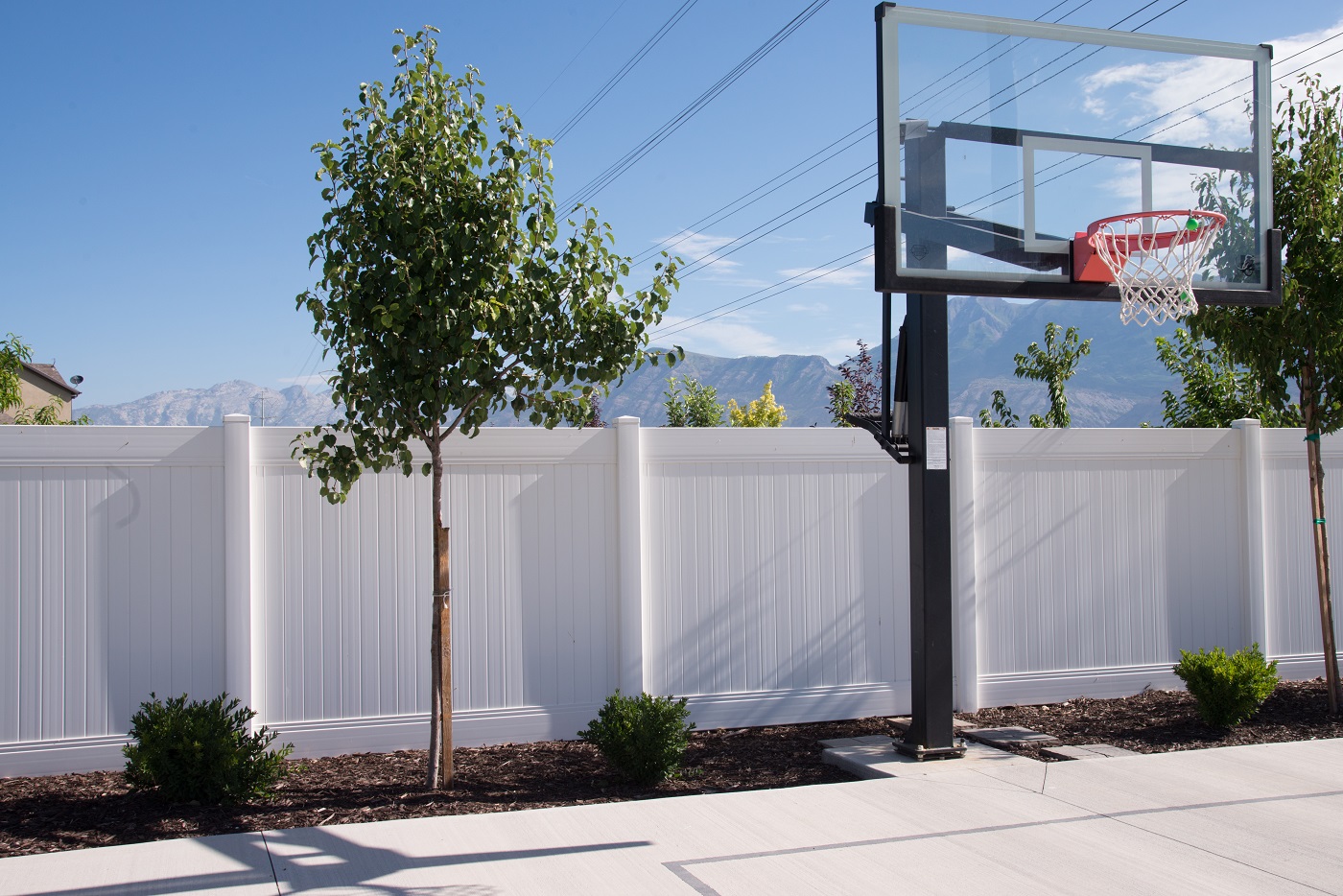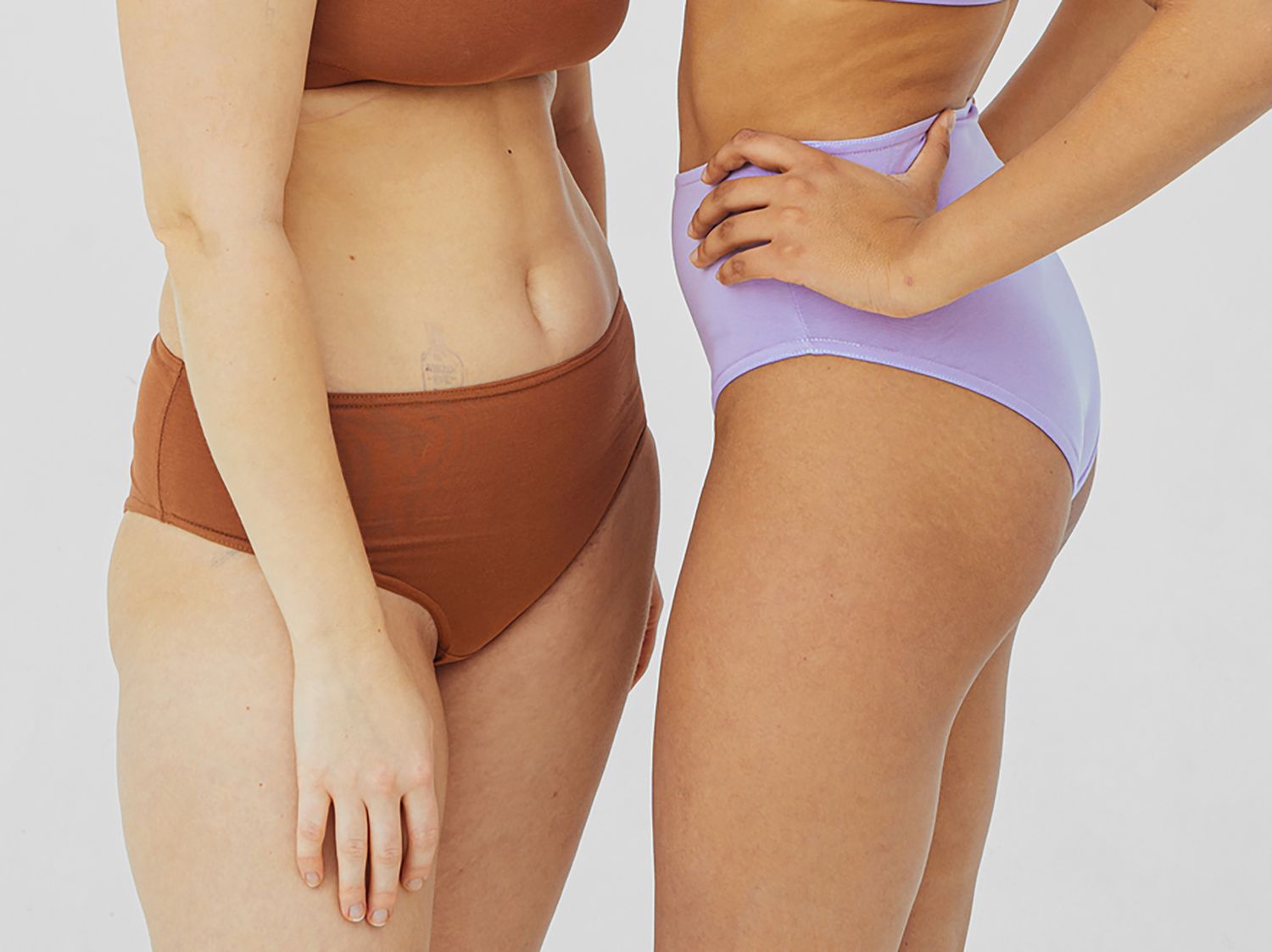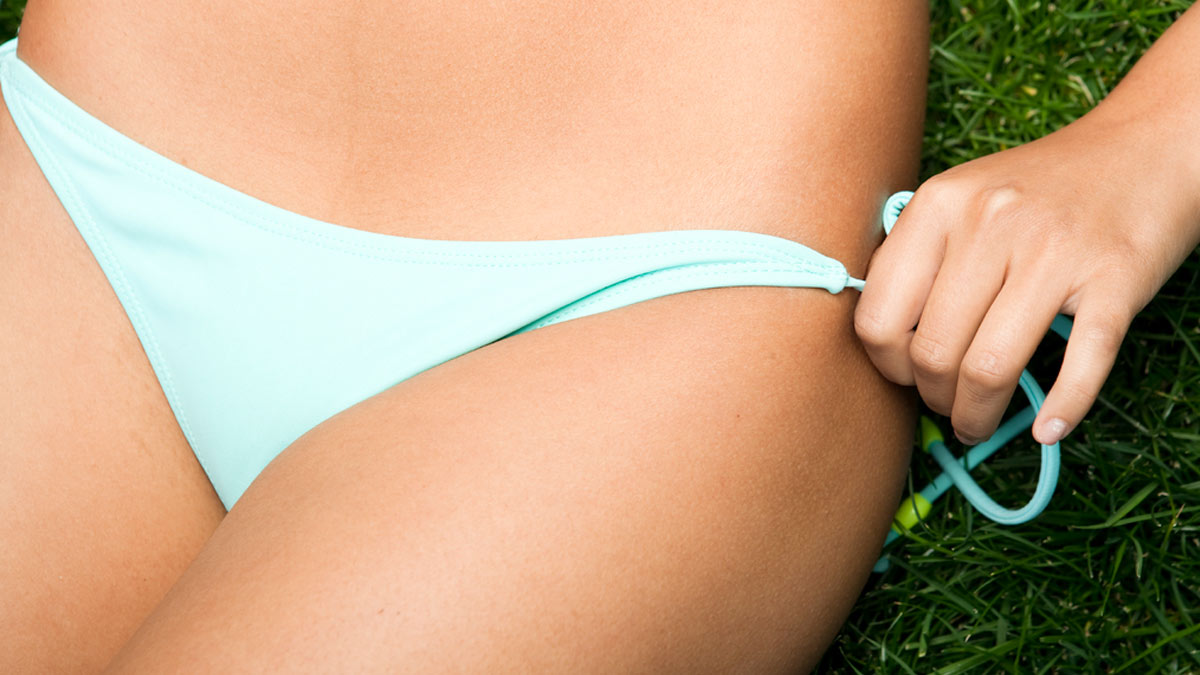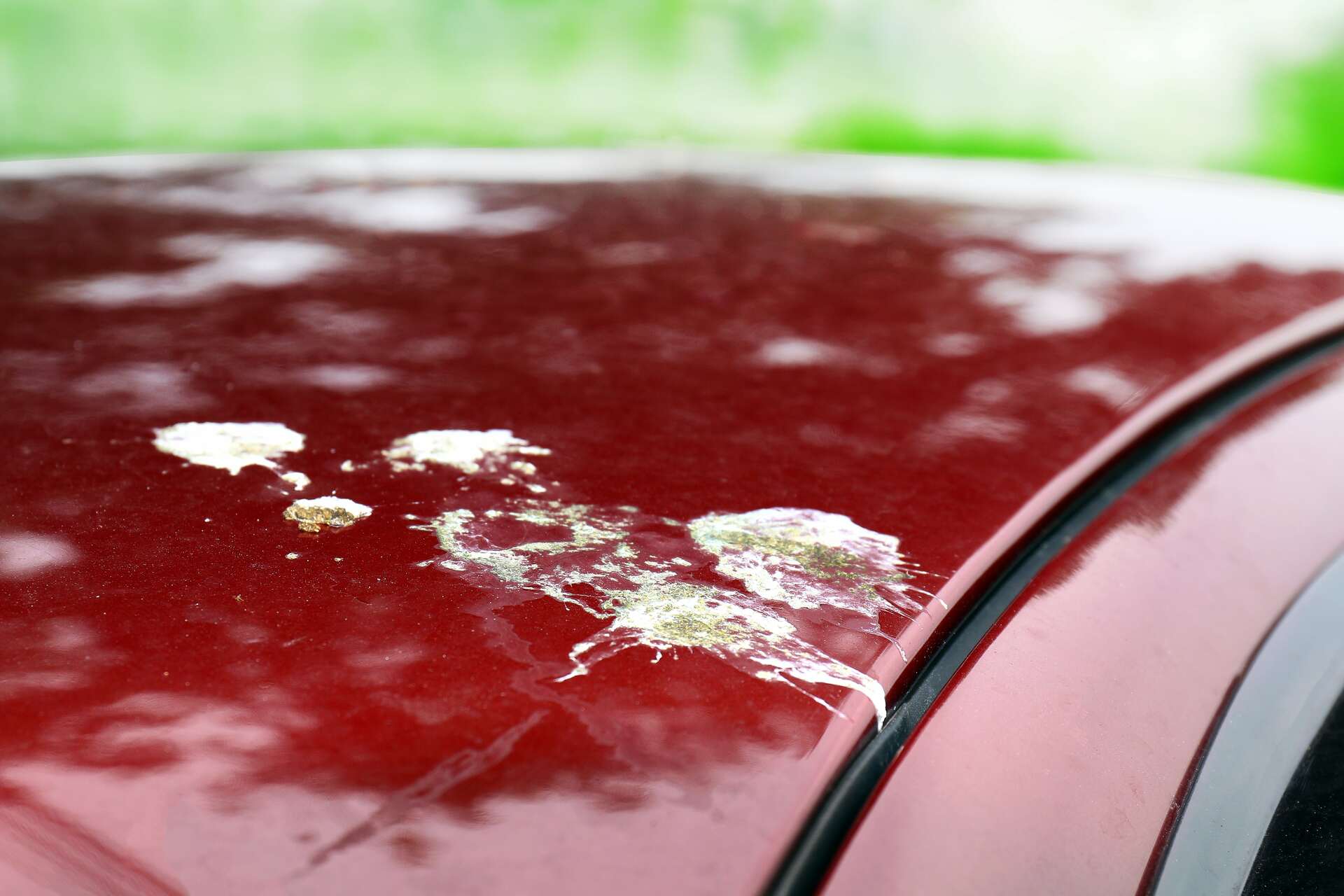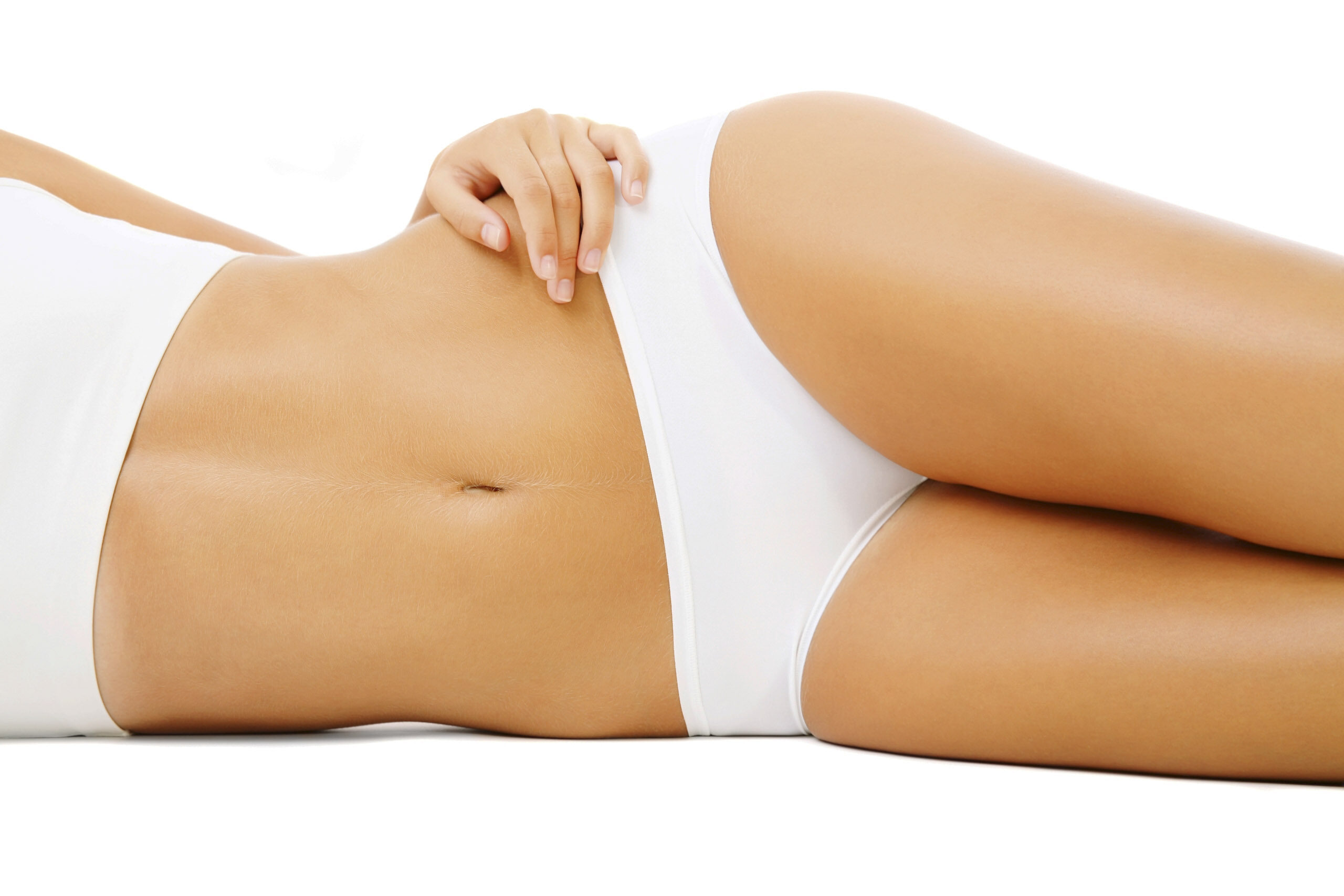Home>How-to Guides>For Women>How To Get Bikini Wax Off
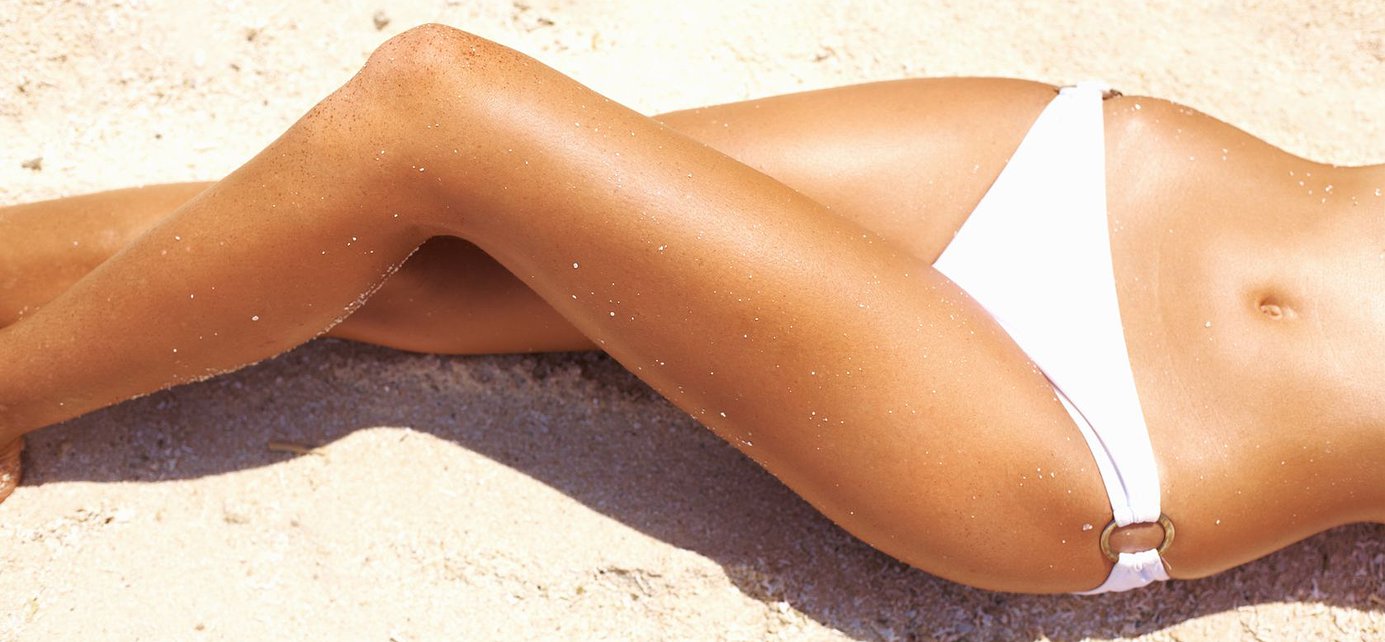

For Women
How To Get Bikini Wax Off
Modified: August 5, 2023
Learn how to safely remove bikini wax for women. Find out effective methods and tips to get rid of unwanted hair without causing irritation or damage.
(Many of the links in this article redirect to a specific reviewed product. Your purchase of these products through affiliate links helps to generate commission for Under-tec.com, at no extra cost. Learn more)
Table of Contents
Introduction
Getting a bikini wax can leave you feeling sleek and smooth, ready to confidently hit the beach or rock that new swimsuit. However, sometimes you may find yourself with stubborn remnants of wax residue that just won’t seem to budge. Don’t worry, you’re not alone! Dealing with bikini wax residue is a common issue that many women face.
Whether you’re a first-time waxer or a seasoned pro, it’s important to know how to properly remove any residual wax to avoid discomfort or irritation. In this article, we will explore various methods and techniques to help you effectively deal with bikini wax residue.
Before we dive into the solutions, it’s crucial to understand why wax residue happens in the first place. When wax is applied to your bikini area, it adheres to both the hairs and the surrounding skin. While a skilled esthetician will strive to remove all the wax during the waxing process, it’s not uncommon for small amounts to be left behind.
These leftover traces of wax can be sticky, uncomfortable, and even cause skin irritation. They may also trap dirt and bacteria, increasing the risk of infection. That’s why it’s essential to address the issue promptly and effectively to ensure your skin stays healthy and smooth.
In the following sections, we’ll discuss various tips and techniques for removing bikini wax residue. From simple home remedies to over-the-counter products and seeking professional help, we’ve got you covered. By the end of this article, you’ll have the knowledge and tools to say goodbye to stubborn wax residue for good.
Understanding Bikini Wax Residue
Before we delve into ways to remove bikini wax residue, it’s important to have a clear understanding of what it is and why it occurs. Bikini wax residue refers to the small leftover traces of wax that can remain on your skin after waxing. These remnants can be sticky, uncomfortable, and sometimes even visible. Understanding why this happens can help you effectively deal with it.
During a bikini waxing session, a layer of warm wax is applied to your skin in the desired area. The wax adheres to the hair follicles, allowing for easy hair removal when the wax is pulled off. However, it’s not uncommon for some wax to remain on the skin after the process is complete.
There are a few reasons why bikini wax residue may occur:
- Incomplete removal: Sometimes, a small amount of wax may be left behind because it adheres firmly to the skin. This can happen if the esthetician is not thorough during the removal process or if the wax used is particularly sticky.
- Skin type: The type of skin you have can also play a role in the amount of residue left behind. If you have dry or sensitive skin, it may be more challenging to completely remove the wax, as the skin can absorb it and make it harder to clean off.
- Temperature and consistency: The temperature of the wax and its consistency can affect how well it adheres to the skin and how easily it can be removed. If the wax is too hot or too hard, it may not adhere properly and leave behind residue.
Bikini wax residue can be problematic for several reasons. Firstly, it can feel sticky and uncomfortable on the skin, causing irritation and discomfort. It can also trap dirt and bacteria, increasing the risk of infections or ingrown hairs. In some cases, the residue may even cause allergic reactions or skin breakouts.
Now that we have a better understanding of bikini wax residue and why it occurs, let’s move on to the different methods and techniques you can use to effectively remove it. By addressing the residue, you can ensure your skin feels clean, smooth, and bikini-ready.
Preparing Your Skin
Properly preparing your skin before attempting to remove bikini wax residue is crucial for a successful and comfortable removal process. Taking the time to prepare your skin will help soften the residue and make it easier to remove without causing irritation or further discomfort. Here are some essential steps to prepare your skin:
- Gently cleanse the area: Start by gently cleansing the bikini area with a mild cleanser or gentle soap. Avoid using harsh or heavily scented products, as they can irritate the skin. Gently pat the area dry with a clean towel, being careful not to rub or scrub harshly.
- Apply a warm compress: A warm compress can help soften the residue and make it easier to remove. Dip a clean washcloth or towel in warm water and wring out the excess. Apply the warm compress to the bikini area for a few minutes to allow the heat to penetrate the residue.
- Exfoliate gently: Exfoliating the skin lightly can help remove any dead skin cells or debris that may be trapping the wax residue. Use a gentle exfoliating scrub or a soft brush to lightly massage the area in circular motions. Be careful not to scrub too vigorously, as this can irritate the skin.
- Moisturize the area: After exfoliating, it’s essential to moisturize the skin to keep it hydrated and healthy. Choose a moisturizer that is lightweight and non-greasy, specifically formulated for sensitive skin. Avoid applying moisturizer immediately before attempting to remove the residue, as it can make the wax more slippery and difficult to remove.
By following these steps to prepare your skin, you can help loosen the residue and make it easier to remove. Remember to be gentle during the preparation process, as harsh scrubbing or excessive heat can cause irritation and discomfort.
Now that your skin is properly prepared, let’s move on to the different techniques and methods you can use to effectively remove the bikini wax residue. Whether you prefer home remedies, over-the-counter products, or seeking professional help, there are various options available to tackle this common issue.
Basic Techniques for Removing Wax
There are several basic techniques you can use to remove bikini wax residue at home. These methods are simple, effective, and often use ingredients or tools that you may already have on hand. Here are some common techniques for removing wax residue:
- Oil-based remover: Oil-based removers are a popular choice for removing wax residue. You can use natural oils such as coconut oil, olive oil, or baby oil. Simply apply a small amount of oil to a cotton pad or cloth and gently rub it over the residue. The oil will help dissolve the wax, making it easier to wipe away.
- Ice pack: If the residue is particularly stubborn or sticky, you can try using an ice pack to harden the wax. Wrap an ice pack or a bag of frozen vegetables in a cloth and hold it against the affected area for a few minutes. The cold temperature will cause the wax to harden, making it easier to remove with a gentle scraping motion.
- Warm water and soap: Another simple technique is to use warm water and mild soap to cleanse the area. Soak a clean cloth in warm soapy water and gently rub it over the residue. The warmth and soap will help break down the wax, allowing you to wipe it away easily.
- Vinegar solution: Vinegar can be used as a natural solvent to dissolve wax residue. Mix equal parts of white vinegar and warm water and dip a cloth or cotton pad into the solution. Gently rub the cloth over the residue to break it down and remove it effectively.
When using these techniques, it’s important to be gentle and avoid scrubbing or rubbing too forcefully, as it can cause skin irritation. If the residue is not coming off easily, it’s best to stop and try a different method or seek professional help.
It’s worth noting that these techniques may not completely remove all the residue in one go. You may need to repeat the process multiple times to ensure thorough removal. If you’re still struggling to remove the residue or experience any discomfort or irritation, consider trying other methods or consulting a professional esthetician.
With these basic techniques, you can effectively remove wax residue from your bikini area and enjoy smooth, clean skin. However, if you prefer ready-to-use products specifically designed for wax removal, or if the residue persists despite your efforts, there are over-the-counter options available, as we will explore in the next section.
Home Remedies for Bikini Wax Residue
If you prefer using natural ingredients and homemade solutions, there are several effective home remedies that can help remove bikini wax residue. These remedies are often cost-effective, easily accessible, and gentle on the skin. Here are some home remedies to consider:
- Coconut oil: Coconut oil is a versatile and widely used home remedy for various skin concerns, including wax residue. Its natural moisturizing and adhesive properties make it effective for breaking down wax and soothing the skin. Apply a small amount of coconut oil to the residue and gently massage it in circular motions. Wipe away the residue with a clean cloth or cotton pad.
- Olive oil and sugar scrub: Create a gentle exfoliating scrub using olive oil and sugar. Mix equal parts of olive oil and sugar to form a paste. Gently massage the mixture into the residue in circular motions. The sugar acts as a gentle exfoliator, while the olive oil helps dissolve the wax. Rinse off with warm water and pat dry.
- Lemon juice: Lemon juice is known for its natural acidic properties, which can help dissolve wax residue. Squeeze fresh lemon juice and apply it directly to the affected area. Let it sit for a few minutes, then gently wipe away the residue with a clean cloth or cotton pad.
- Warm milk and honey: Create a soothing mixture of warm milk and honey to remove wax residue. Mix equal parts of warm milk and honey to form a paste. Apply the mixture to the residue and let it sit for a few minutes. Gently wipe away the residue with a cloth or cotton pad.
It’s important to note that while these home remedies can be effective for many individuals, everyone’s skin is different. It’s always a good idea to do a patch test on a small area of skin to check for any allergic reactions or irritation.
Remember to be patient when using home remedies, as it may take a few attempts to completely remove the residue. If the residue persists despite your efforts or if you experience any adverse reactions, it’s best to consult a professional esthetician for further assistance and guidance.
Now that we have explored various home remedies for bikini wax residue, let’s move on to the next section, where we will discuss over-the-counter products that can help with wax removal.
Over-the-Counter Products for Wax Removal
If you prefer convenient and ready-to-use options to remove bikini wax residue, there are several over-the-counter products available specifically designed for wax removal. These products are formulated with ingredients that effectively break down wax residue while being gentle on the skin. Here are some common over-the-counter products to consider:
- Wax remover lotions: Wax remover lotions are specifically formulated to dissolve wax residue. These lotions usually contain ingredients like mineral oil or aloe vera, which help break down the wax and moisturize the skin. Apply the lotion to the affected area and gently massage it in circular motions. Wipe away the residue with a clean cloth or tissue.
- Wax remover wipes: Wax remover wipes are pre-moistened cloths or pads that make wax removal quick and easy. These wipes are usually infused with gentle solvents that help dissolve the residue. Simply take a wipe and gently rub it over the affected area to remove the wax.
- Wax remover sprays: Wax remover sprays can be a convenient option for removing wax residue. These sprays typically contain a combination of solvents and moisturizing ingredients. Spray the product onto the residue and let it sit for a few minutes to allow the ingredients to work. Wipe away the residue with a cloth or tissue.
- Exfoliating scrubs: Exfoliating scrubs designed for post-wax use can help remove any remaining residue while gently exfoliating the skin. These scrubs usually contain ingredients like sugar, salt, or microbeads to slough off dead skin cells and wax. Apply the scrub to the affected area and gently massage it in circular motions. Rinse off with warm water and pat dry.
When using over-the-counter products, always follow the instructions provided by the manufacturer. It’s important to perform a patch test before using any new product, especially if you have sensitive or allergy-prone skin.
While over-the-counter products can be effective for many individuals, it’s important to keep in mind that results may vary, and some trial and error might be necessary to find the product that works best for you. If you’re uncertain about which product to choose or if you experience any adverse reactions, consult a pharmacist or a dermatologist for guidance.
Now that we have discussed various over-the-counter products for wax removal, let’s move on to the next section, where we will explore when it might be necessary to seek professional help for removing stubborn wax residue.
Seeking Professional Help
If you’ve tried various home remedies and over-the-counter products without success, or if you’re dealing with stubborn wax residue that just won’t budge, it may be time to seek professional help. Professional estheticians are trained in proper waxing techniques and have the expertise to effectively remove wax residue. Here are a few reasons why seeking professional help can be beneficial:
- Experience and expertise: Estheticians are experienced in waxing and have the knowledge and skills to remove wax residue safely and efficiently. They are trained to handle various skin types and can customize their approach to your specific needs.
- Specialized products and tools: Professionals often use specialized products and tools that are not readily available for at-home use. These products are designed to effectively break down wax residue without causing harm to the skin.
- Reduced risk of irritation or injury: Improperly removing wax residue at home can lead to skin irritation, redness, or even injury. By seeking professional help, you minimize the risk of these complications and ensure the residue is removed safely.
- Expert advice and aftercare: Estheticians can provide valuable advice and recommendations on how to prevent future residue buildup, as well as proper aftercare for your waxed skin. They can guide you on the best practices to maintain smooth and healthy skin in the long run.
If you decide to seek professional help, make sure to choose a reputable salon or esthetician with a good track record. Read reviews, ask for recommendations from friends or family, and don’t hesitate to inquire about their experience and qualifications.
During your appointment, communicate any concerns or issues you’ve experienced with wax residue. The esthetician will assess your situation and determine the best course of action to remove the residue effectively. They may use specialized products, techniques, or tools to achieve the desired results.
Remember, professional help may come at a cost, but the expertise and peace of mind it offers can be well worth it, especially if you’ve been struggling with stubborn wax residue for a while.
Now that we’ve explored seeking professional help for wax residue removal, let’s move on to the next section, where we will discuss preventive measures to minimize wax residue in the first place.
Preventing Bikini Wax Residue
While dealing with wax residue can be a hassle, taking preventive measures can help minimize the chances of residue buildup after a bikini waxing session. By following these tips, you can enjoy a clean and smooth bikini area without the need for extensive residue removal:
- Choose a skilled esthetician: When getting a bikini wax, selecting a skilled and experienced esthetician is crucial. A knowledgeable professional will ensure thorough wax removal and minimize the chances of residue being left behind.
- Communicate with your esthetician: Before your waxing session, discuss any concerns or preferences regarding residue removal with your esthetician. By communicating your expectations, they can take extra care to remove all wax and minimize residue.
- Ensure proper wax temperature: Improper wax temperature can affect its adhesion and the ease of removal. Before starting the waxing process, ensure that the wax is at the correct temperature to achieve optimal results.
- Frequent waxing: Keeping up with regular waxing sessions can help prevent buildup of stubborn residue. Regular removal of hair follicles will reduce the chances of leftover wax sticking to the skin.
- Use a high-quality wax: Investing in a high-quality wax can make a significant difference in the residue left behind. Quality waxes are formulated to adhere to the hair rather than the skin, making removal easier and reducing the chances of residue.
- Post-wax cleansing: After your waxing session, make sure to thoroughly cleanse the treated area to remove any wax residue and soothe the skin. Use a gentle cleanser or specialized post-wax cleansing wipes recommended by your esthetician.
- Moisturize regularly: Keeping your skin moisturized can help prevent dryness and irritation, which can contribute to wax residue buildup. Use a gentle moisturizer daily to keep your bikini area hydrated and healthy.
- Exfoliate regularly: Regularly exfoliating the bikini area can help remove dead skin cells and prevent the accumulation of residue. Use a gentle exfoliating scrub or brush a few times a week to promote smoother and cleaner skin.
By following these preventive measures, you can minimize the chances of wax residue and achieve a clean and smooth bikini area after waxing. Remember, consistency is key in maintaining residue-free skin.
Now that we’ve explored preventive measures, let’s wrap up this article with a recap of the key points discussed.
Conclusion
Dealing with bikini wax residue can be frustrating, but it’s a common issue that many women face. By understanding why residue occurs and learning how to effectively remove it, you can ensure a smooth and comfortable experience after your waxing sessions.
In this article, we explored various methods and techniques for removing wax residue. We discussed basic techniques using home remedies and over-the-counter products, as well as the option of seeking professional help. From oil-based removers to vinegar solutions and specialized wax remover products, there are multiple approaches you can try depending on your preferences and needs.
We also highlighted the importance of proper skin preparation, including gentle cleansing, warm compresses, and exfoliation. These steps can help soften the residue and make it easier to remove. Additionally, we discussed preventive measures such as choosing a skilled esthetician, using high-quality wax, and maintaining regular waxing sessions to minimize residue buildup.
Remember, everyone’s skin is unique, so it’s essential to find the method that works best for you. Be patient and gentle with your skin, and don’t hesitate to seek professional help if needed.
Now armed with the knowledge and techniques provided in this article, you can confidently tackle bikini wax residue and enjoy the benefits of silky smooth skin. Say goodbye to sticky remnants and hello to a flawless bikini line!
